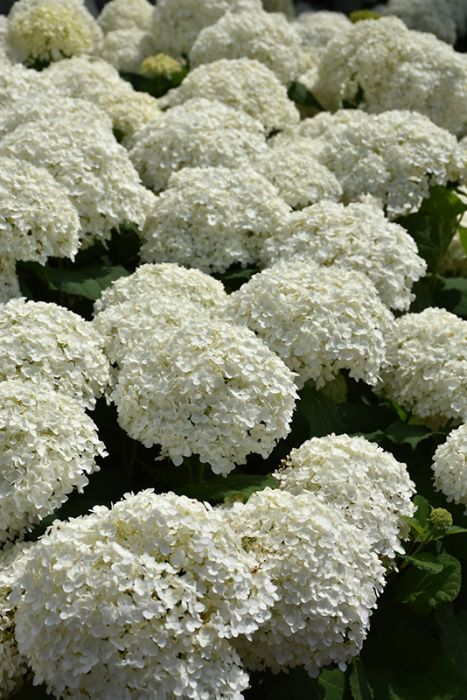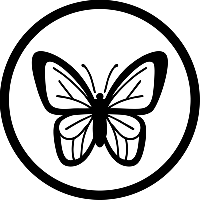Adding Fall Color to Your Garden
The experts at Gertens provide striking plant combinations for your garden this fall!




Out of stock
Coming soon, still growingAn improved ‘Annabelle’ hydrangea. This shrub produces massive white blooms on strong, beefy stems. Blooms emerge lime green, change to white and age to green.
Elevate your landscaping with Gertens' unmatched variety of shrubs! Selecting the right shrubs for your backyard can enhance its beauty and functionality. Consider factors like sunlight, soil type, and mature size when choosing shrubs. For sunny areas, flowering shrubs like roses or hydrangeas can add color and charm. In shady spots, opt for shrubs like azaleas or hostas. Evergreen shrubs provide year-round interest and privacy, while deciduous shrubs offer seasonal color changes. At Gertens, we offer a wide selection of shrubs to suit every backyard need.
Incrediball® Hydrangea | Hydrangea arborescens 'Abetwo'
Height: 5 feet
Spread: 5 feet
Sunlight: full sun to partial shade
Hardiness Zone: 3a
Brand: Gertens
Description:
An exciting new introduction to the world of hydrangeas, this shrub produces huge, white basketball size flowers; best if treated like a perennial and pruned to a few inches from the ground in spring because it blooms on new growth
Ornamental Features
Incrediball® Hydrangea features bold balls of white flowers at the ends of the branches from mid to late summer. The flowers are excellent for cutting. It has dark green deciduous foliage. The heart-shaped leaves do not develop any appreciable fall color.
Landscape Attributes
Incrediball® Hydrangea is a multi-stemmed deciduous shrub with a more or less rounded form. Its strikingly bold and coarse texture can be very effective in a balanced landscape composition.
This shrub will require occasional maintenance and upkeep, and is best pruned in late winter once the threat of extreme cold has passed. It has no significant negative characteristics.
Incrediball® Hydrangea is recommended for the following landscape applications;
Planting & Growing
Incrediball® Hydrangea will grow to be about 5 feet tall at maturity, with a spread of 5 feet. It tends to be a little leggy, with a typical clearance of 1 foot from the ground, and is suitable for planting under power lines. It grows at a fast rate, and under ideal conditions can be expected to live for approximately 20 years.
This shrub does best in full sun to partial shade. It prefers to grow in average to moist conditions, and shouldn't be allowed to dry out. It is not particular as to soil type or pH. It is highly tolerant of urban pollution and will even thrive in inner city environments. Consider applying a thick mulch around the root zone in winter to protect it in exposed locations or colder microclimates. This is a selection of a native North American species.
| Gerten Grown Plants | Gerten Grown Plants |
|---|---|
| Bloom Time | June, July, August, September, October |
| Sun Preference | Full-Sun, Part-Sun |
| Mature Height (Range) | 2 - 5 feet |
| USDA Hardiness Zone | 3, 4, 5, 6, 7, 8 |
| Common Family Name | Hydrangea |